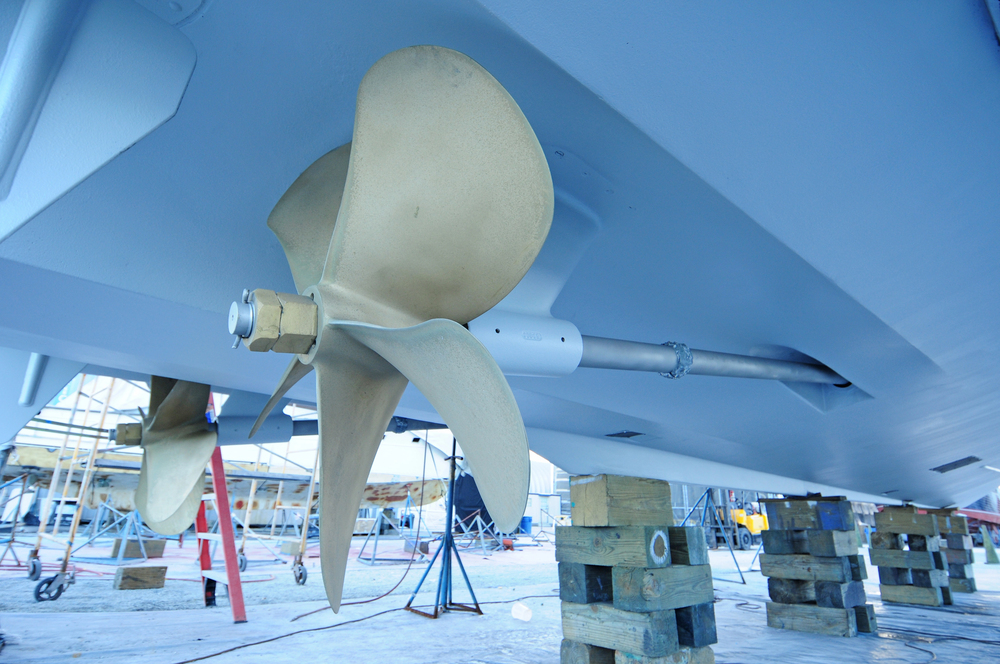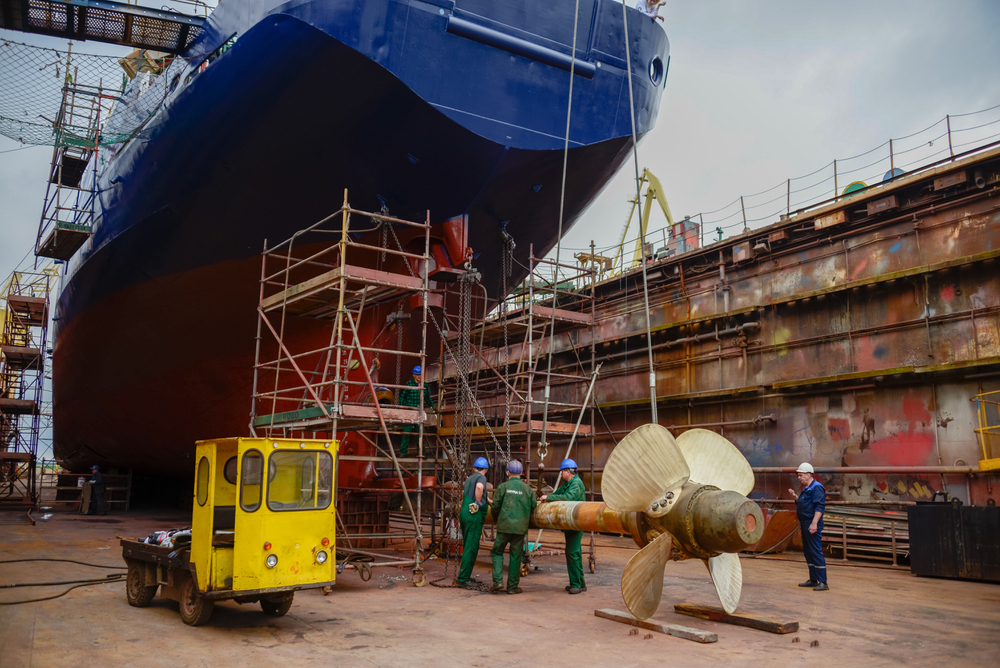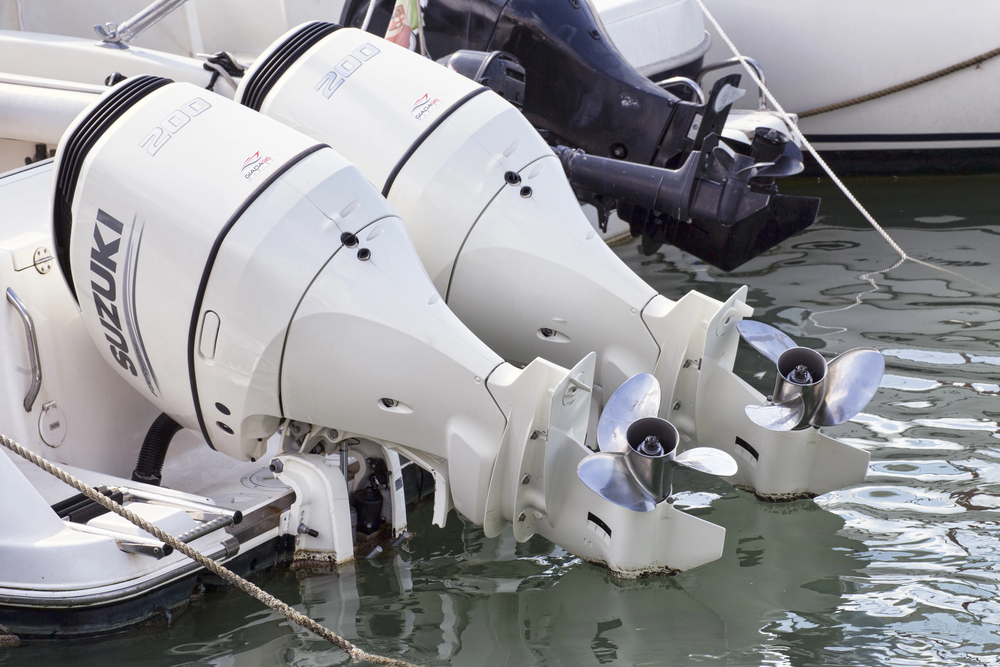The boat propeller size chart helps owners match the right propeller to their boat and engine setup. It explains the relationship between diameter, pitch, and the way a prop moves water for propulsion. Understanding these details helps balance speed, thrust, and fuel efficiency for different boating conditions.
A propeller’s specifications can be confusing at first glance, but the chart breaks them down clearly. The measurements shown on it describe how fast a boat can travel and how easily it accelerates. Learning these details helps boaters maintain proper performance without overworking their engines.
Defining Boat Propeller Diameter and Pitch
The boat propeller diameter refers to the distance from one blade tip to the opposite tip. A larger diameter usually produces more thrust and suits heavier boats that need additional power to move efficiently through the water. Smaller diameters, on the other hand, work better for lighter vessels that benefit from reduced drag.
Pitch, on the other hand, describes how far a propeller would move forward in one revolution if there were no slippage. A higher pitch leads to greater potential speed, while a lower pitch favors acceleration and better control. The size chart lists both values together, helping users compare options easily.
How Diameter Influences Performance on the Water
Changing the diameter affects a boat’s handling, thrust, and responsiveness. A propeller with a larger diameter pushes more water, creating higher thrust that benefits slower or heavily loaded boats. However, this added resistance may slightly reduce top speed or increase strain on the engine if not correctly matched.
A smaller diameter creates less drag, allowing engines to reach higher revolutions per minute. This is useful for faster or lighter boats seeking quick acceleration and nimble handling. Using the chart allows owners to choose the right balance between thrust and agility for their type of boating activity.
Understanding the Role of Pitch in Propeller Speed
Pitch defines how much water the blades push during rotation, which influences speed and engine load. A higher pitch moves more distance per revolution, increasing top-end performance but requiring more engine power. Too much pitch can cause the engine to fall short of its ideal operating range.
A lower pitch allows the engine to reach its top RPM more easily, improving acceleration and responsiveness at lower speeds. It is ideal for towing activities or boats that frequently operate under heavy loads. The size chart highlights pitch adjustments that can fine-tune overall performance.
Finding the Right Balance Between Diameter and Pitch
The relationship between diameter and pitch is vital when selecting a boat propeller. If one value is changed, the other must usually adjust to maintain engine efficiency and performance. For instance, a higher pitch may require a smaller diameter to avoid overloading the motor.
Matching both values correctly prevents engine strain and improves overall fuel economy. A well-balanced propeller allows for smooth acceleration and reliable top speed without exceeding safe RPM limits. The size chart presents the measurements needed to find this equilibrium easily.
Interpreting the Numbers on Propeller Labels
Each propeller includes a stamp with two main numbers, typically shown as diameter × pitch. For example, a 14 × 19 propeller has a 14-inch diameter and a 19-inch pitch. These numbers are directly linked to the information presented on the size chart.
By comparing these values with engine manufacturer recommendations, boaters can select an optimal match. Using the wrong combination can result in poor performance or even mechanical wear. The size chart helps users avoid such mistakes by outlining compatible specifications.
How Propeller Size Affects RPM and Engine Health
Engine performance and longevity depend on proper propeller sizing. If the pitch or diameter is too high, the engine may not reach its recommended wide-open-throttle range, leading to sluggish acceleration. This can cause excessive strain, overheating, or fuel inefficiency.
If the propeller’s pitch is too low, the engine may over-rev, resulting in potential wear and mechanical damage. Both situations reduce the life span of engine components. Regularly referring to the size chart helps maintain correct RPM levels for smoother, safer operation.
Adjusting For Load and Boating Conditions
Different boating activities demand varied propeller setups. Heavier loads or towing require larger diameters and lower pitches for improved thrust and control. Lighter loads, however, can use smaller diameters and higher pitches to reach greater top speeds more efficiently.
The boat propeller size chart simplifies these adjustments by illustrating how each value influences movement. Conditions such as saltwater, altitude, and hull design can also affect results. Testing different propeller combinations helps find the most suitable configuration for your specific boating environment.
Using the Size Chart for Better Fuel Efficiency
Selecting the correct propeller size improves more than just speed—it also enhances fuel economy. A balanced diameter and pitch reduce unnecessary engine strain, allowing the motor to operate within its most efficient range. This results in longer trips with fewer refueling stops.
Using the chart as a reference makes it easier to identify when performance changes occur, such as a drop in RPM or speed under similar loads. Adjusting to the proper size helps restore optimal balance between thrust and fuel use. Efficient propeller choice benefits both performance and costs.
Maximizing Performance Through Proper Propeller Maintenance
Regular maintenance plays a vital role in preserving propeller performance. Even minor bends, chips, or marine growth can disrupt water flow, decreasing speed and efficiency. Keeping blades clean and balanced works for smoother rotation and more consistent results on the water.
Cleaning the hull and propeller together maintains overall efficiency since both surfaces directly influence drag. Periodic inspection for damage or corrosion also prevents more significant repairs later. Maintaining a healthy propeller setup keeps your boat responsive and ready for long-term use.
Get Expert Help from Hull2Prop
At Hull2Prop, we specialize in everything that keeps your vessel performing at its best. Our team offers expert hull cleaning, anode replacement, and propeller repair to restore performance and reliability. Our boat propeller service can help you achieve smoother rides and improved efficiency.
For expert advice or to schedule a service, contact us today for a quote.







